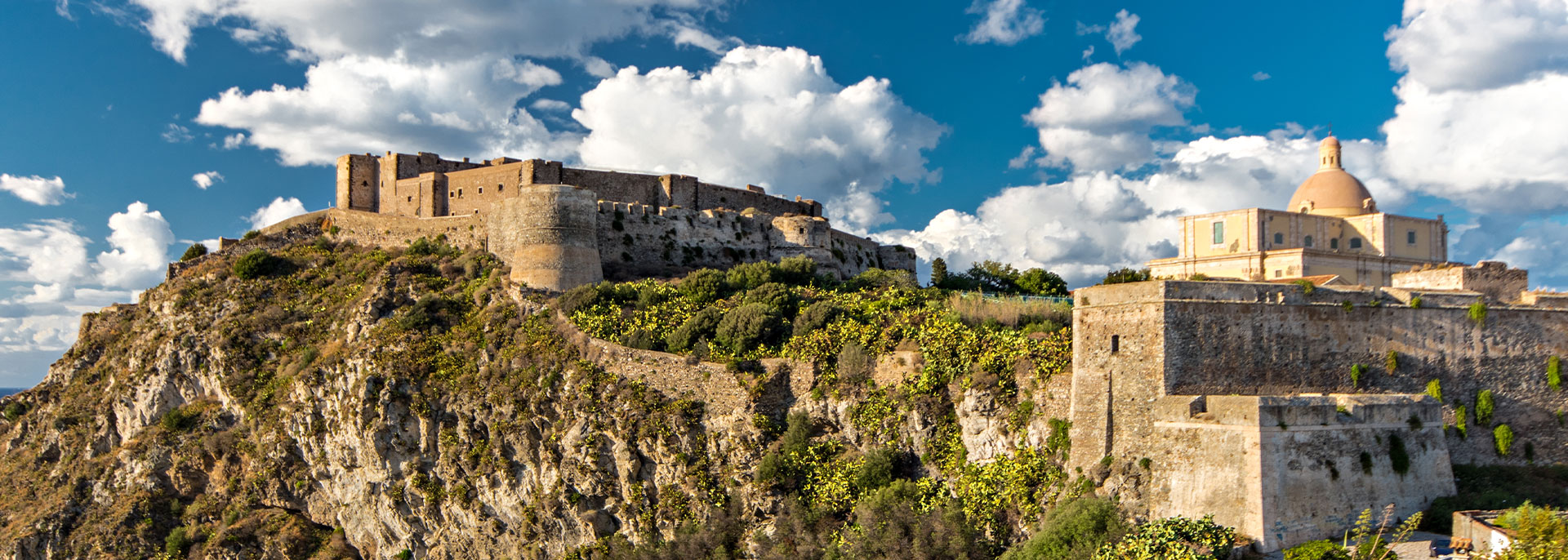Thanks to the results of the first campaign of stratigraphic archaeological investigations conducted in 2008-2009 on the site of the fortified town, it was possible to verify the ongoing occupation of the area from the 12th to the 19th century and outline approximately, the sequence of the main building phases of the town. The operation involved an area of 2000Sqm. The area corresponds to the north-east sector of the best equipped urban settlement and the town built on the mountain, whose total area had to correspond to the greatest period of expansion with a total of about two hectares.

The walled city
The structure of the settlement, which can only be partially reconstructed based on the remains of the monumental complex but well documented by Renaissance cartography and modern one, provides a hierarchy of spaces between the summit area reserved for the castle and the hillside of the south-eastern coastal plain along which the village extends.The portion of town immediately adjacent to the castle constitutes the walled city; or high city, bounded by its own defensive wall and headquarters of the most important civil and religious public buildings. The excavation has highlighted, outside the fortress, along the north-eastern slope, a series of structures related to the late medieval and modern subdivision of this area of the town. The remains of four blocks, two in the western sector of the survey area, have been partially brought to light, delimited by an east-west paved road axis, two in the eastern sector of the excavation outlined by a system of large open spaces with orientation North South.


Each block includes several buildings, for residential or artisanal use, separated by courtyards orby narrow passage corridors, which delimit adjacent properties. Generally, every unit building is divided into two or three rooms, and it provides spaces for processing activities, and it has a cistern with a capacity proportionate to the size of a one or more households. In some cases, when there is a discovery that reveals some remains of an internal or external masonry stairs that leads up to the house, it leads us to hypothesize the presence of an upper floor.








